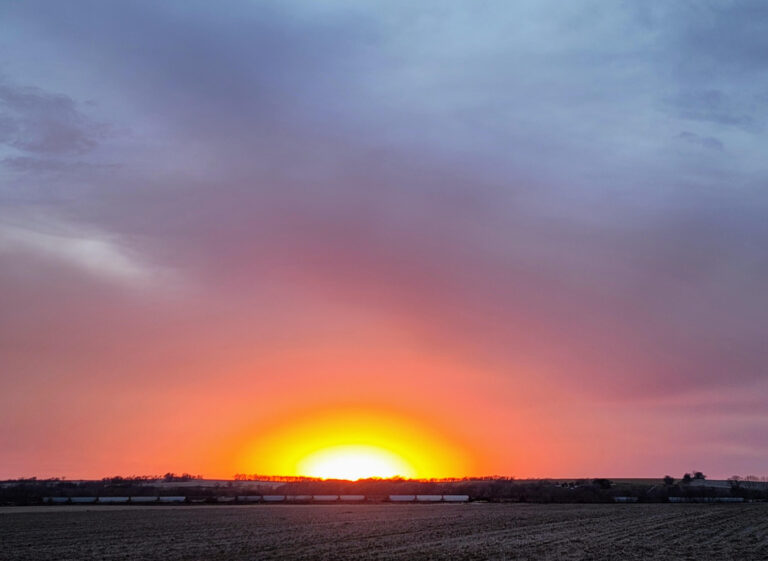Every spring Americans grumble about losing an hour of sleep to daylight saving time.
This year the debate over changing the clocks is lingering, after the U.S. Senate passed a bill to end the biannual time changes and make daylight saving time permanent. Similar measures have been proposed in 27 states, including Nebraska, Iowa, Illinois and Missouri.
While the prevailing wisdom has been that daylight saving time was put in place to help farmers, that’s not the case, according to David Prerau, author of “Seize the Daylight: The Curious and Contentious Story of Daylight Saving Time.”
“Not only is that not true, it is 100% not true. It is as far from true as one could get,” he said. “People think it was put in place for farmers, but the leading group against daylight saving time has always been farmers and agricultural people.”
The agriculture industry lobbied against daylight saving time in 1918, when the U.S. first started changing the time. It was initially put in place as a way to save on energy consumption, Prerau said. The shift may have worked for people who lived in urban centers and watched a clock for their routines.
But it was a nuisance for the farmers who followed the sun.
Moving the clocks didn’t change when the sun dried the dew on crops waiting to be harvested. And the cow accustomed to a 5 a.m. feeding didn’t care about the time change. Farmers had to balance these duties, while trying to be at the market an hour earlier to sell their crops.
“And so at that time and historically, farmers have always been very much against daylight saving time because it pushes them away from the city and all the urban things they have to interact with,” Prerau said.
Changing clocks has always been controversial, since it intermittently started in 1918 and then was permanently and uniformly put into place in 1966. President Richard Nixon made daylight saving time year-round in 1974 – but Congress repealed it months later, when people protested that mornings stayed dark past 9 a.m. in the winter.
“The very dark mornings were so negative for most people that it overwhelmed any benefits they might get in the sunny afternoon,” Prerau said.
The debate is back on now, with the Sunshine Protection Act proposing to end the biannual time shift. The act passed unanimously in the U.S. Senate and now waits for a vote in the House of Representatives.
Similar legislation to address daylight saving time is pending in more than half of U.S. states, including many in the Midwest and Great Plains.
In Iowa, fourth-generation farmer and state Rep. Mike Sexton proposed ending springing forward and falling backward. It passed in the state house, and he said he hasn’t heard from any farmers opposing the proposal. Sexton’s worked with hungry animals that don’t care about the time change.
“They get used to when you feed them,” he said. “So now if you’re suddenly an hour late, you can hear in the house how they’ll start banging around and complaining that you’re late.”
Nebraska Farmers Union President John Hansen said most farmers would probably prefer the time stay the same one way or another.
“The farmers I talk to would want the time to stay the same year-round,” he said. “They’d like to look up at the sky and see the sun in the middle of the sky at noon.”
But since harvest is over by the winter months, Hansen suspects growers will be shielded from the downsides if daylight saving time is made permanent.
As for who benefits from the time change, he said he’s always heard it was golfers.
Elizabeth Rembert reports on agriculture out of Nebraska for Harvest Public Media.

